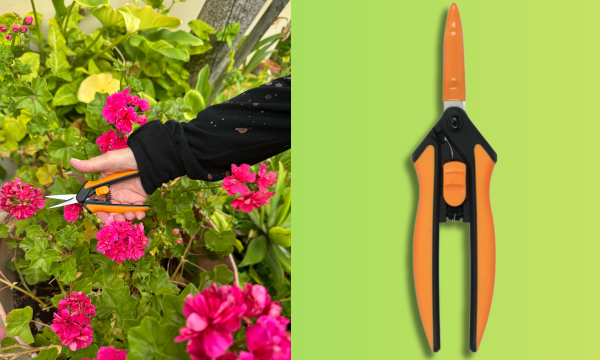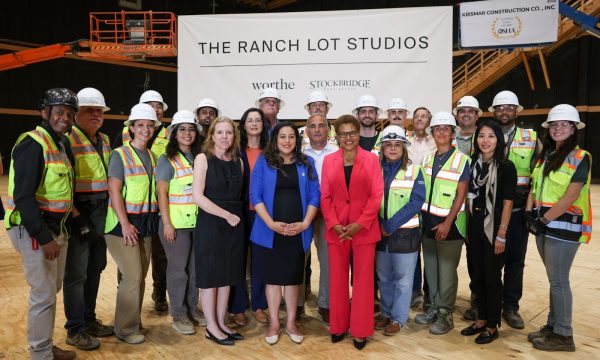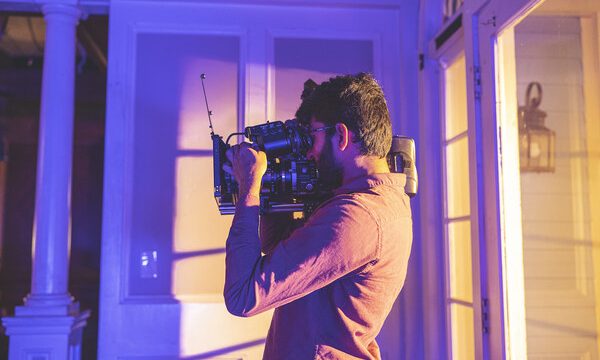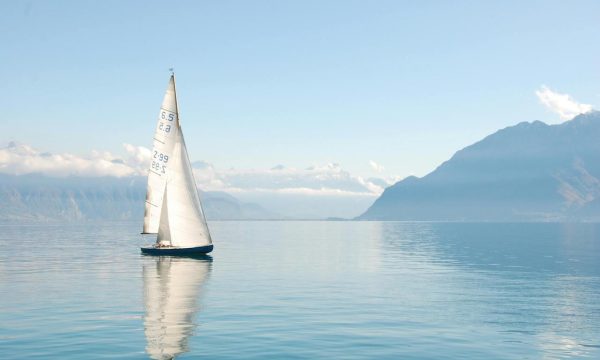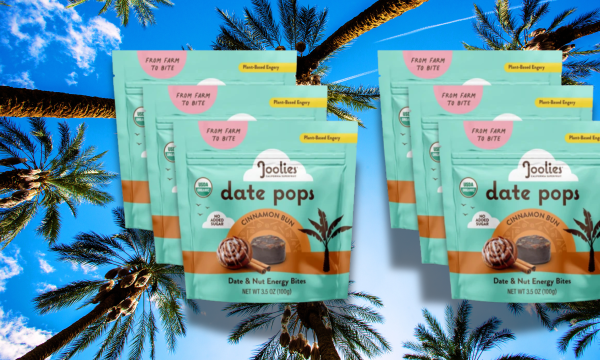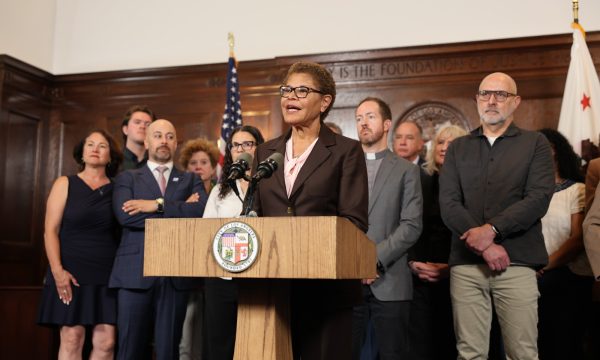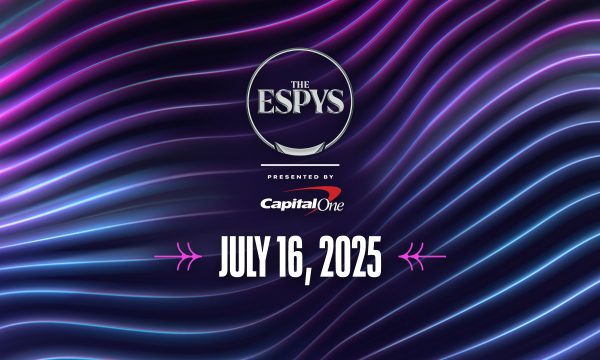
Ed Laivo
Spring is here and for those who love gardening, this is the best time of the year. Time to go to your nearest nursery and buy fruit trees! When I moved into my new home, I bought an orange tree, a peach tree, a pear tree, two prune trees, one green and one purple, an avocado tree, a lemon tree, and fig tree for my large garden.
Each year, I can’t wait to see what fruit will grow. Unfortunately, besides the lemon, fig and orange trees, none of the others have produced fruits, yet, there is plenty of sun and water. They also receive vitamins. So, what’s the problem?
I turned to fruit tree expert, Ed Laivo, from Ed Able Solutions for some answers. Ed has over 40 years of experience in plant production and nursery management. He is a fruit tree and edible landscaping specialist with a focus on gardening using less water.
Ed has been involved with the reintroduction of many popular varieties of fruits including figs, Pomegranates, and Blueberry varieties to the home gardener. Introducing techniques to better adapt these to the backyard grower.
In a three part series, I will be featuring Fruit Tree Education with Ed where we will explore: Introduction to planting fruit trees – Pruning fruit trees – and a focus on specific trees such as Apple, Avocado, Grapes, Pear and more.
How should one prep before buying fruit trees?
1. Know the location you intend to plant in:
- Drainage- all fruit trees require good draining soil. If your soil is heavy clay and poor draining, especially in the winter, consider a mound of 18 inches high by 3 feet wide or a Raised Bed 12 to 18 inches high x 36 inches square. Plant directly into the mound or raised bed. Poor drainage is the #1 reason for plant loss.
- Sunlight-all fruit trees require at least 8 hours’ worth of sunlight to attain maximum sweetness. I prefer the morning sun because it helps to dry out the tree and avoid moisture relate problems like mildews and bacteria’s.
- In some locations a soil test may be desirable. At least, a soil test can identify what your soil PH is and what its nutrient needs are basically. At the most, it can save you lots of money by avoiding plant loss or failure to thrive.
2. Learn what the chill time is in your area.
- Measured in collective hours, chilling is the number of accumulated hours in the fall and early winter below 45 degrees F. Low Chill is typically areas receiving 500 hour or less winter chill. This information is important when shopping for the right varieties to plant in your area. Varieties that are too high chill may not fruit in low chill areas and too Low chill varieties may not survive the winter in high chill areas.
- The information for California can be found here or by contacting your local Agricultural Extension service or Master garden program.
- Research if the fruit varieties that you would like to plant require a pollinator. Some varieties are self-fruitful and do not require a pollinator. Others will not set fruit without a pollinating variety nearby. Always check the label or read the information on-line carefully to determine if a pollinator is needed.
For an example: I’ll use the popular Bing Cherry.
- Requires good drainage and a minimum of 8 hours sunlight with a nutrient rich neutral to slightly acidic PH soil
- Bing Cherry has a Chill Requirement of 700-800 hours
- Bing Cherry requires a pollinator to set fruit, Typically Black Tartarian or Lapin Cherries are the recommended pollinators for Bing.
What is the best time to plant a fruit tree?
- Nurseries grow in containers- this makes fruit varieties available when you are ready to plant. It is possible to plant almost all year round depending on the climate in your area. For example, in California year-round planting is possible but in Montana the ground would need to thaw, or the snow would need to melt before planting.
- Selection is best in the fall and early winter- Bare Root wholesale nurseries in mild climates deliver fresh trees to the retail brick and mortar or On-line nurseries in the fall and early winter. This occurs in the spring in the colder climates.
- Purchase Bare Root when available- the bare root market is late fall and early winter but fewer nurseries are selling trees this way. Most often you will find bare up until mid-April.
Where should you buy fruit trees?
Embrace the recommendations that I shared in section 1- Like with any important purchase, with a good information one should be able to negotiate and research the right varieties to purchase for their yard from any good retail nursery. As well as avoiding varieties that are not well suited. Nature Hills Nursery is one such nursery with all the information available to make the right purchase. They provide high-quality fruit trees delivered directly to your door.
Why not at Home Depot and Lowes?
There really is no reason not to buy at these or other box stores- if the varieties they have are the ones that are suited for your area and the quality appears good then they are as good as any.
Are all fruit trees the same?
I am really not sure what you mean here -If you are speaking in a general sense, then no. For example, an apple is quite a bit different from a Peach and both have different care concerns. I can also cite the more obvious differences, for instance a Fig compared to an Orange.
What type of soil do fruit trees need?
As I said above- all fruit trees require good draining soil, poor drainage is the #1 reason Fruit trees fail to thrive or die. Loamy soils rich in organic matter are ideal but rarely the case. Most fruit trees prefer a soil PH of 6- 6.5 or slightly acidic. A soil test is a good idea- this applies to lots of plants in the yard not just fruit trees.
More about Ed Laivo:
More recently, Ed has been working on developing varied Best Management Practices (BMP) for insect and disease prevention using espalier and covering techniques. He has been a frequent guest on numerous TV and radio shows as well as a popular writer, contributing insightful articles on home growing fruit to many popular gardening periodicals. While with the Dave Wilson Nursery Ed produced the nationally recognized “Backyard Orchard Culture” High density pruning and planting of fruit trees. He is a contributing editor of “Sunset Garden Book” and the popular UC publication #3485 “The Home Orchard”. Ed has extensive ecommerce nursery experience beginning as far back as 2000.
Ed has been a member of the California Landscape Contractors, East Bay board of directors and has sat on the Ecolandscape California’s advisory committee. He lends his time as a consultant and lecturer to nursery businesses, professional groups, Master Gardeners groups, and Universities.



